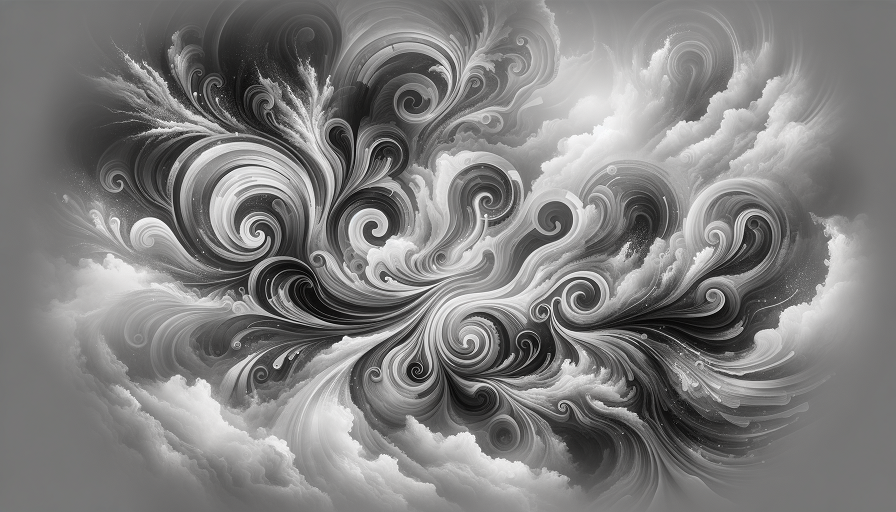You want to write. Paint. Record. Design. But your brain feels like static. You’re tense, tired, distracted—and somehow both wired and worn out. You tell yourself to push through, but it only makes things worse.
Sound familiar? You’re not lazy or uninspired. You’re likely stressed—and stress is one of the most potent creativity blockers we face.
In this guide, we’ll break down:
- What happens to your brain under stress
- Why creativity shuts down when anxiety ramps up
- How to soothe your system and restore flow
- The rituals, nutrients, and supplements that support calm creative energy
What Stress Does to Your Creative Brain
When you’re stressed, your brain prioritizes survival over exploration. It activates the amygdala (fear and threat detection) and dials down the prefrontal cortex—the region responsible for planning, abstract thinking, and creative problem-solving.
As cortisol rises, your focus narrows, your thoughts loop, and your mental flexibility drops. You may feel stuck, impatient, distracted, or just emotionally “full.”
- 💭 Idea generation declines
- 🧠 Working memory falters
- 😟 Risk aversion increases
- 📉 Flow becomes nearly impossible
The more stress you carry into the studio, desk, or blank page, the harder it becomes to access your full creative power.
Creativity Requires Safety
Creativity isn’t just a cognitive process—it’s emotional. Your brain needs to feel safe enough to explore, make mistakes, and generate ideas without fear of judgment or failure.
When you’re stressed, that safety signal disappears. The nervous system shifts into defense mode. Your brain clings to control instead of invention.
That’s why the most productive creatives don’t just manage their time—they manage their nervous system.
How to Soothe Your System and Reclaim Creative Flow
The goal isn’t to eliminate all stress—it’s to create a rhythm that balances pressure with recovery. Here’s how:
1. 🧘 Breathe to Recalibrate Your Brain
Breathwork is one of the fastest ways to calm the amygdala and re-engage your creative cortex. Try:
- Box breathing (4-4-4-4 count)
- 4-7-8 breath (inhale 4, hold 7, exhale 8)
- Nasal breathing with extended exhales
Just 2–3 minutes can shift your brain state from reactive to receptive.
2. 🧠 Support Calm Focus with the Right Nutrients
Your brain burns through magnesium, B vitamins, and amino acids under stress. Replenishing these helps reduce brain fog and emotional volatility.
I use Mind Lab Pro during high-stress periods because it supports:
- Rhodiola Rosea: Balances cortisol, improves stress resilience
- Bacopa Monnieri: Calms nervous tension, improves memory
- L-Theanine: Promotes alpha brainwaves and relaxed focus
- Citicoline: Enhances mental energy without overstimulation
👉 Explore the full Creative’s Supplement Stack →
3. 🎧 Use Sound and Environment to Shift Your State
Create a space that cues calm. Try:
- Lo-fi or ambient music (50–70 bpm)
- Incense or essential oils (lavender, cedar, citrus)
- Dim lighting, especially in the evening hours
Environmental triggers help signal to your nervous system that it’s safe to create.
4. 🔄 Alternate Focus with Recovery
Don’t try to create for hours straight when your system is stressed. Use creative “intervals”:
- Work in 45- to 90-minute blocks
- Take movement or breathing breaks between sessions
- Avoid news, social media, or stimulation between blocks
This rhythm helps reduce cognitive fatigue and emotional overload.
5. 📓 Journal Out the Noise
When anxiety clutters your mind, journaling helps release it. Try:
- Freewriting for 5–10 minutes before work
- Writing down fears, thoughts, or “what ifs” that block flow
- Ending with one positive intention for the session
This simple act helps your brain transition from defense to expression.
Rituals That Support the Creative Nervous System
Want to prevent creative stress before it spikes? Build rituals that anchor and regulate your mood:
- 🕯 Start each session with the same calming cue (music, scent, breath)
- 🧘 Use a short grounding practice mid-session (breathing, stretching)
- 🌙 Wind down the day with zero-pressure reflection or sketching
Rituals reduce emotional resistance. They give your brain structure—and structure creates safety.
Bonus: When Burnout Is the Real Problem
Chronic creative stress can become burnout: emotional exhaustion, depersonalization, and a loss of creative joy. If that’s where you are, pause and reset.
👉 Read: Why Creatives Burn Out (And What to Do About It)
Burnout recovery takes time—but it starts with listening to what your brain needs most: rest, rhythm, and compassion.
Final Thoughts: Stress Doesn’t Mean You’re Broken
All creatives experience stress. The key is knowing how to catch it before it becomes paralysis.
Support your nervous system. Build rituals that bring calm. Feed your brain with tools that promote clarity and resilience. And trust that you don’t have to feel amazing to create—you just have to show up, one steady breath at a time.

